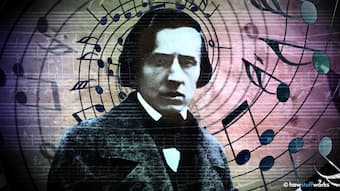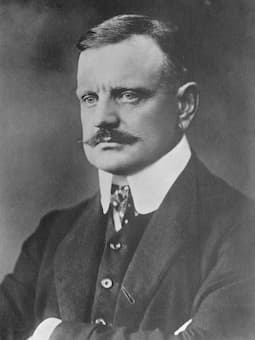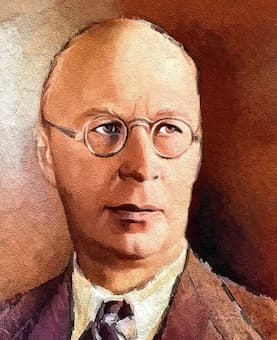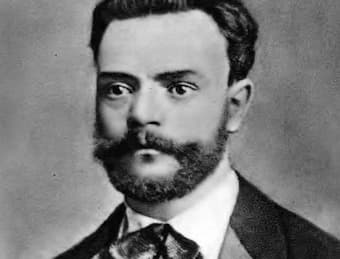by Emily E. Hogstad
If you’re a classical music fan drawn to sad, slow movements in piano concertos, this is the list you’ve been looking for.
Whether it’s Chopin’s gentle melancholy, Ravel’s elegant wistfulness, or Rachmaninoff’s romantic despair, each of these slow movements paints a picture of a particular kind of sadness.
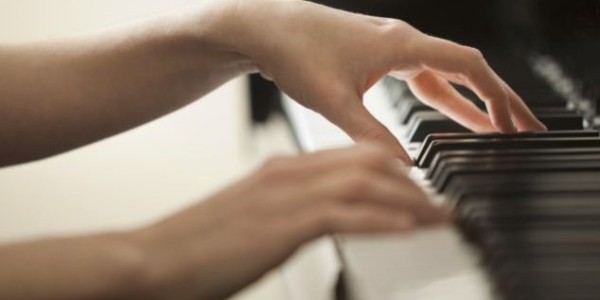
© chopinacademy.com
Although every ranking having to do with classical music is subjective, we numbered our picks anyway, from least sad to saddest. Find out which concerto we’ve dubbed the saddest at the end.
8. Chopin: Piano Concerto No. 1, Mov. 2
Chopin wrote this concerto in 1830 when he was just twenty years old.
The inspiration behind this piece is unclear…but we know there was one.
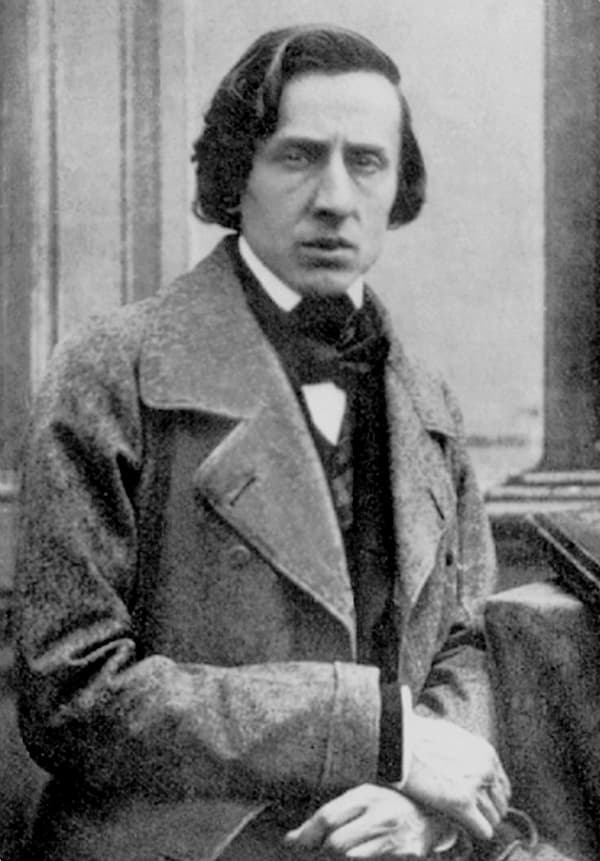
Frédéric Chopin in 1849
In a letter, Chopin wrote a cryptic observation to his best friend (and potential crush or even lover) Tytus Woyciechowski:
“Here you doubtless observe my tendency to do wrong against my will. As something has involuntarily crept into my head through my eyes, I love to indulge it, even though it may be all wrong.”
It’s a mysterious confession. Some believe he’s referring to his other crush, singer Konstancja Gładkowska. Others wonder if he’s referring to Woyciechowski, with whom he exchanged a number of romantic letters as a young man.
Chopin wrote to Woyciechowski about the slow movement in particular:
“It is not meant to create a powerful effect; it is rather a Romance, calm and melancholy, giving the impression of someone looking gently towards a spot that calls to mind a thousand happy memories. It is a kind of reverie in the moonlight on a beautiful spring evening.”
The specific sadness of this music is a gentle, possibly flirtatious melancholy.
7. Brahms: Piano Concerto No. 2, Mov. 3
Brahms’s second piano concerto covers similar emotional territory to the Chopin Romance. Save for a brief stormy interlude in the centre of the movement, this is not overtly tragic music: it’s more brooding, repressed melancholy.
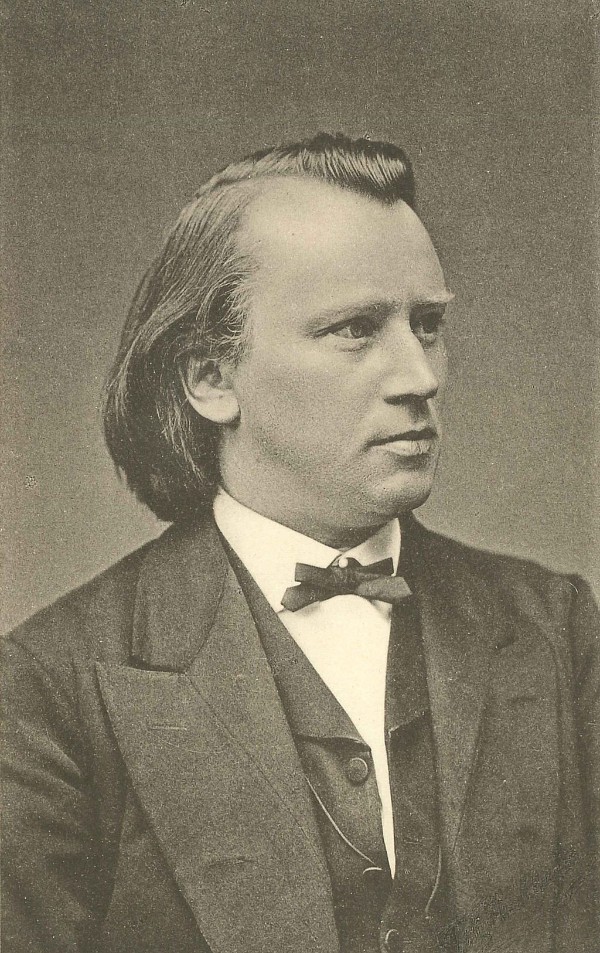
Johannes Brahms, ca 1875
The movement begins with a soulful cello solo (an idea that Brahms may have lifted from his dear friend Clara Wieck Schumann, who had included similar instrumentation in the piano concerto she’d written as a teenager decades earlier).
The final portion of the movement, where the cello returns again and moves with the piano through a number of keys together, is the absolute epitome of bittersweet regret.
6. Bartók: Piano Concerto No. 3, Mov. 2
Béla Bartók composed his third piano concerto in 1945 when he was 64 years old. He was terminally ill with leukaemia at the time.
That October, his wife, pianist Ditta Pásztory-Bartók, was set to celebrate her 42nd birthday. He began working on a third piano concerto for her as a birthday present. He was hopeful that after his death, whenever it occurred, she could tour with it and make money.
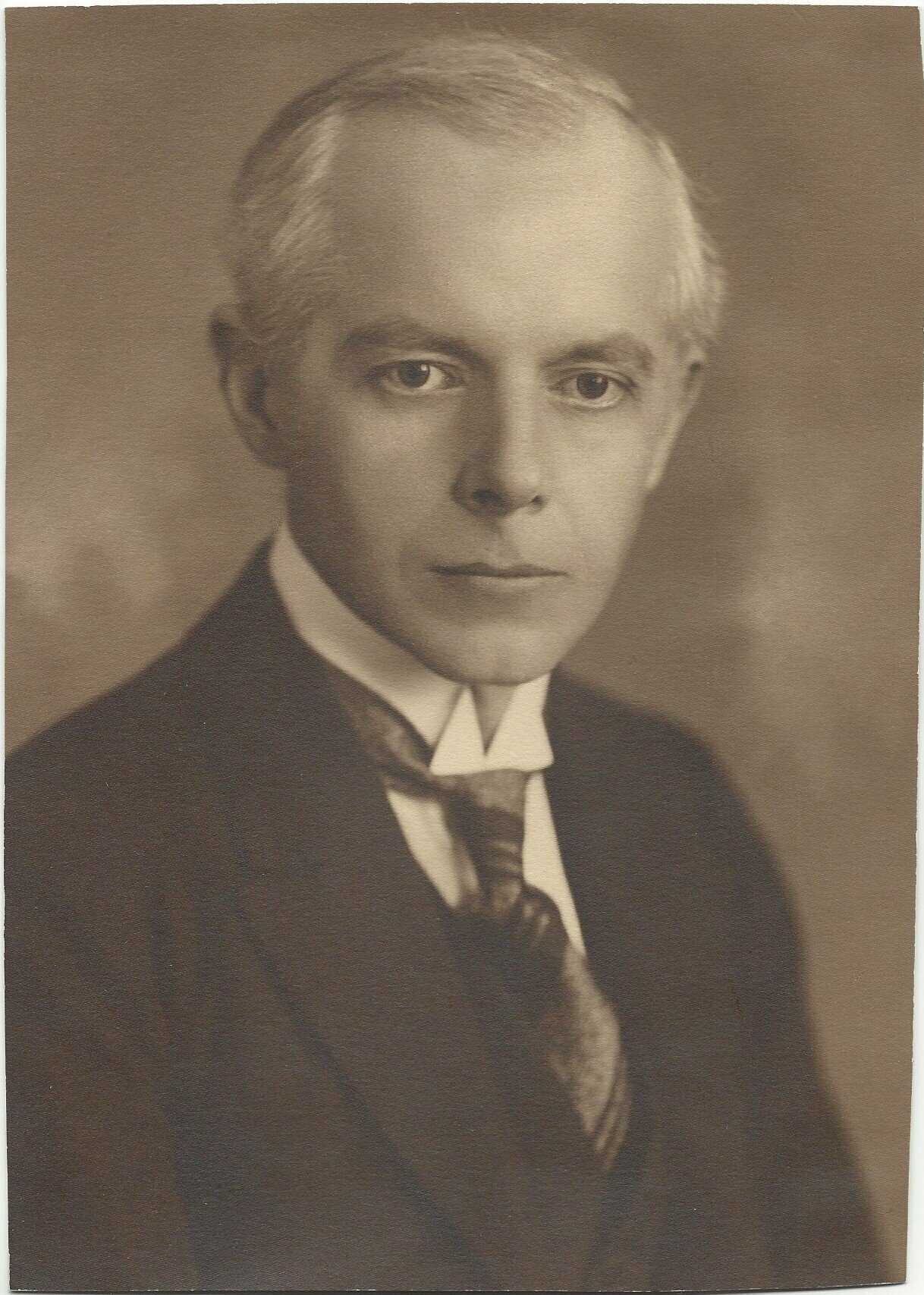
Béla Bartók in the 1920s
Tragically, he died in late September, a month before her birthday. Fortunately, the piano concerto, save for the final seventeen measures, was completed.
The slow movement of this concerto feels like a hushed, tender, intimate goodbye. Regret and wistfulness are mixed in with profound gratitude.
5. Ravel: Piano Concerto, Mov. 2
Ravel wrote of his piano concerto:
“My only wish…was to write a genuine concerto, that is, a brilliant work, clearly highlighting the soloist’s virtuosity, without seeking to show profundity. As a model, I took two musicians who, in my opinion, best illustrated this type of composition: Mozart and Saint-Saëns…”
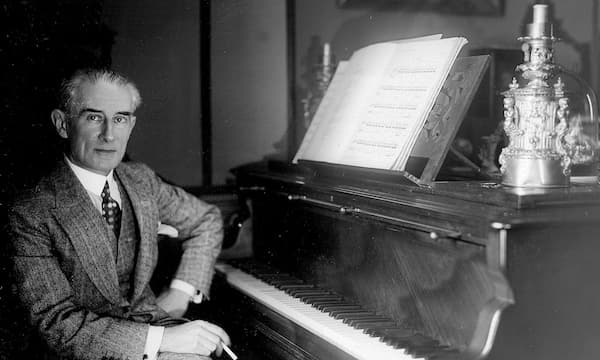
Maurice Ravel
In particular, he looked to Mozart’s clarinet quintet for inspiration. That melody is an unusual twenty measures long. In his concerto, Ravel’s melody is an astonishing thirty-four.
“That flowing phrase!” he wrote later. “How I worked over it bar by bar! It nearly killed me!”
This long melody calls to mind a long, wistful train of thought from the middle of the night, when nothing in the darkness interrupts the thought.
This music is sad in a restrained way. A listener can feel a great depth of sorrow hiding just beneath the surface.
4. Shostakovich Piano Concerto No. 2, Mov. 2
Shostakovich wrote his second piano concerto for his pianist son Maxim’s nineteenth birthday in 1957. Maxim premiered it at his graduation concert at the Moscow Conservatory that May.
Over the past few years, father and son had suffered a great deal together. In 1954, Maxim’s physicist mother, Nina, had died suddenly. Maxim was just sixteen. Shostakovich was forced to become a single father overnight: a role he was completely unprepared to play.
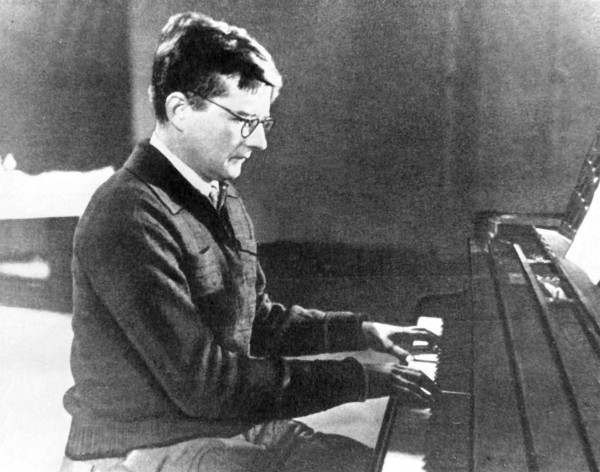
Dmitri Shostakovich
The slow movement of this concerto evokes emotions that a father and son might feel upon seeing a son graduate after the death of a beloved wife and mother: pride, yearning, and a sadness that is simultaneously quiet and deeply intimate.
3. Mozart: Piano Concerto No. 23, Mov. 2
Mozart wrote his 23rd piano concerto in early 1786, two months before the premiere of one of his best-loved operas, The Marriage of Figaro.
A listener can immediately hear the influence of opera here. It’s especially dramatic because the piano is alone when it enters with its atmospheric, aria-like, minor-key melody.
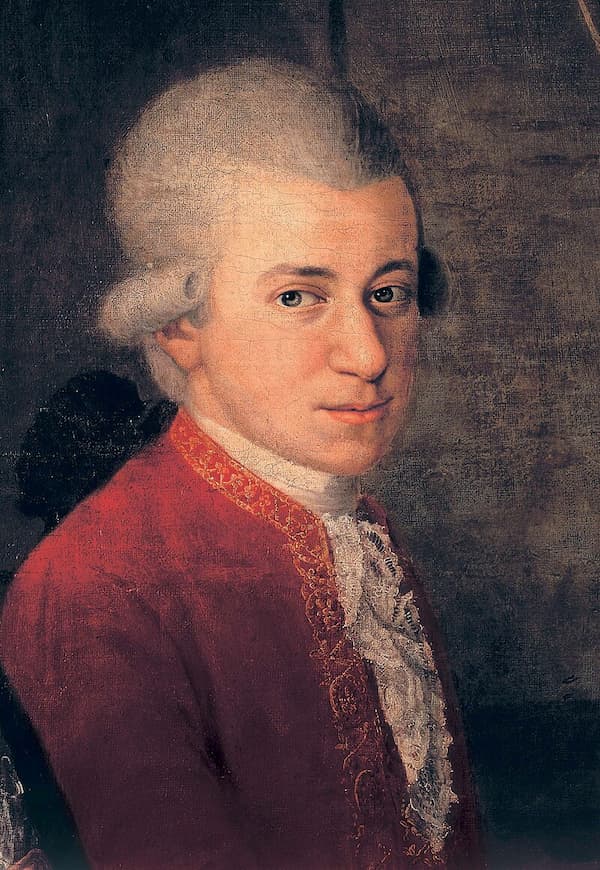
Croce: Mozart Family Portait (detail), 1781
Starting the movement with a solo part creates a kind of sudden, intense intimacy between the soloist, composer, and audience.
2. Beethoven: Piano Concerto No. 4, Mov. 2
The orchestral introduction to this slow movement is loud and brutally unforgiving. The piano answers with a sense of quiet despair.
That conflict and dialogue create the narrative that drives the entire movement.
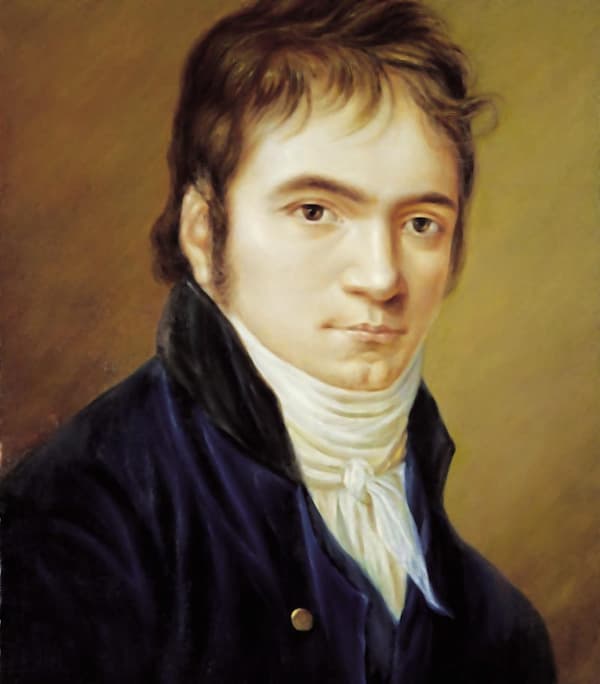
Beethoven in 1803
Three movements into their unnerving conversation, the piano takes over for a solo turn. We discover that the piano still has fight in it, with a series of loud ringing trills, before sinking back down into a whisper again.
When the orchestra returns, it is also quiet, witnessing the piano’s unraveling.
1. Rachmaninoff: Piano Concerto No. 2, Mov. 2
Here it is: the saddest slow movement of a piano concerto: the Adagio sostenuto from Rachmaninoff’s second piano concerto.
This movement begins with slow, hushed chords in the strings, followed by a mournful chain of arpeggios in the piano.
The winds contribute hushed fragments of a heartbreaking theme to the steady accompaniment of the piano.
When the soloist and the orchestra players begin interacting with one another, it feels like a confessional conversation. The music conveys all kinds of sadness: grief, regret, yearning, and more, appearing in all different types of musical colours and textures.
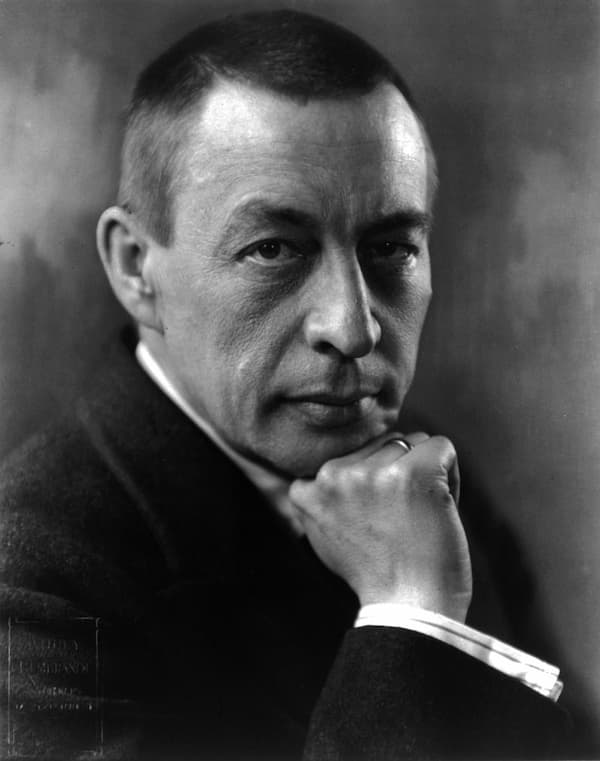
Kubey-Rembrandt Studios: Sergei Rachmaninoff, 1921
Rachmaninoff wrote his second piano concerto while coming out of a severe period of depression. For a while, he was seeing a therapist daily. It seems that writing this concerto helped him to process what he needed to.
His composing career continued for decades afterwards, and this work became one of the most beloved piano concertos ever written. It’s sad music…but it had a happy ending.
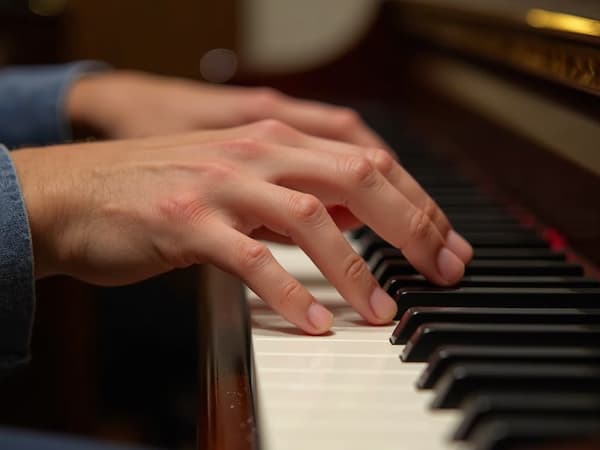
 “What? D-Flat Major?” Most string players wail, “that’s a key signature with FIVE FLATS!”
“What? D-Flat Major?” Most string players wail, “that’s a key signature with FIVE FLATS!”